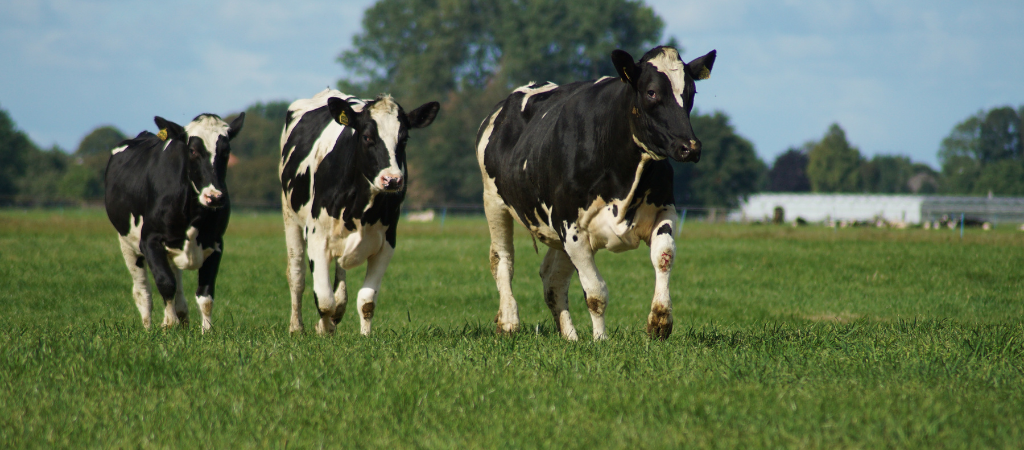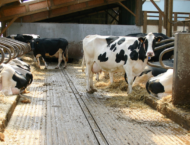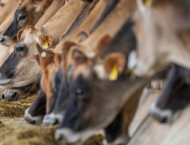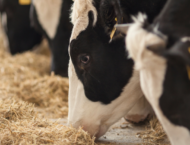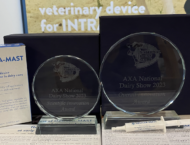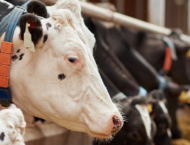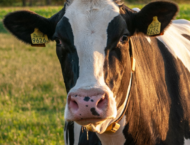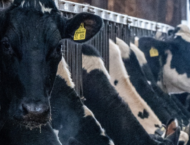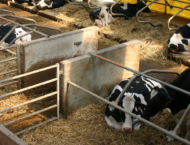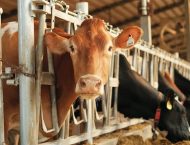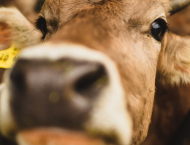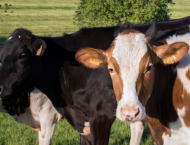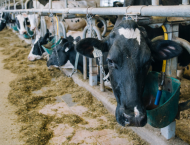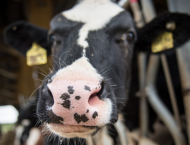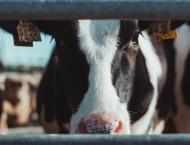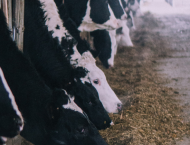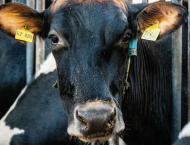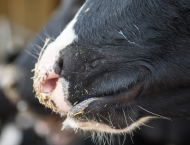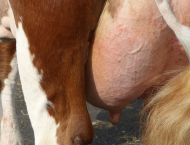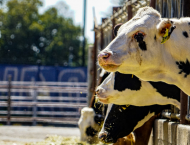Differential somatic cell count (DSCC) can really lead to a revolution: it is the way to identify and better understand the herd health status1.
Even when somatic cell count (SCC) is available, counting differential somatic cells can add essential information on the status of intra-mammary infections. Thus, it is an additional tool to better address therapy decision, allowing to further reduce antibiotic usage.
If you think of precision dairy farming, DSCC is a useful indicator in this context.
A few steps back to the mechanism of response to intra-mammary infections (IMI). When an IMI is underway, a migration of white blood cells towards the udder occurs. These cells are needed to tackle and eliminate infecting microorganisms, with a consequent increase in somatic cells in milk.
The SCC, a quantitative indicator, directly reflects the entity of the inflammatory response. A clear sign of this is the deeply studied threshold (> 200,000 cells/ml) suggested to discriminate between uninfected and infected quarters.
What if we were able to get detailed qualitative indications about the ongoing inflammatory response?
Somatic cells include different types of cells, each of which has a specific role during inflammatory response:
– polymorphonuclear neutrophil leukocytes (PMN), which are responsible for phagocytizing microorganisms during the first stages of mastitis. They also have cytotoxic activity;
– macrophages, which act in a second phase of mastitis and clean cellular and bacterial debris;
– lymphocytes, which produce immunoglobulins and modulate cellular defense.
These cells have specific and significant roles in immune response, thus, their distribution in normal milk and milk from mastitic cows differs2. In milk from healthy quarters, macrophages and lymphocytes are preponderant, while in milk from infected quarters or high in SCC, PMNs prevail. Therefore, the proportion of these cells varies across the infection.
In the inflammatory process, if cells move fast towards the mammary gland and rapidly eliminate bacteria, cell recruitments cease. On the contrary, when bacteria survive to the defensive line, the immune response continues and can become severe, causing mammary tissue damage2. This continuing response is characterised by a higher proportion of PMNs. When PMN proportion is reduced, this indicates the end of the acute phase, that may correspond to complete bacterial destruction and, thus, SCC returning to healthy levels.
It should be noted that somatic cells also include epithelial cells resulting from exfoliation, representing a small and constant amount across the defense response.
Being able to quantify these different types of cells provides more accurate details on the real udder health status of dairy cows. What is, then, the DSCC?
This indicator represents the combined proportion, expressed as a percentage, of PMNs and lymphocytes. The information on macrophages is therefore calculated by subtracting that percentage from 100%.
Scientific literature shows the ability of DSCC to indicate IMI at theoretical level. Research reports evidence that differentiating leucocytes can help highlight IMI, and the need to further explore the DSCC potential.
While the urgency of tackling antimicrobial resistance is getting more and more evident, tools such as DSCC can really help dairy farmers do their part in the fight. Moreover, these tools give the possibility of improving therapy decisions: if no antibiotic is needed, alternative and supportive solutions, such as OZOLEA-MAST, can make the difference.
1Counting differential somatic cells for better health management and milk quality.
2 Halasa T and Kirkeby C (2020). Differential Somatic Cell Count: Value for Udder Health Management. Front. Vet. Sci. 7:609055. doi: 10.3389/fvets.2020.609055
Recurrent mastitis in dairy cows: the role of bacterial biofilms.
https://www.ozolea.it/recurrent-mastitis-in-dairy-cows-the-role-of-bacterial-biofilms/

